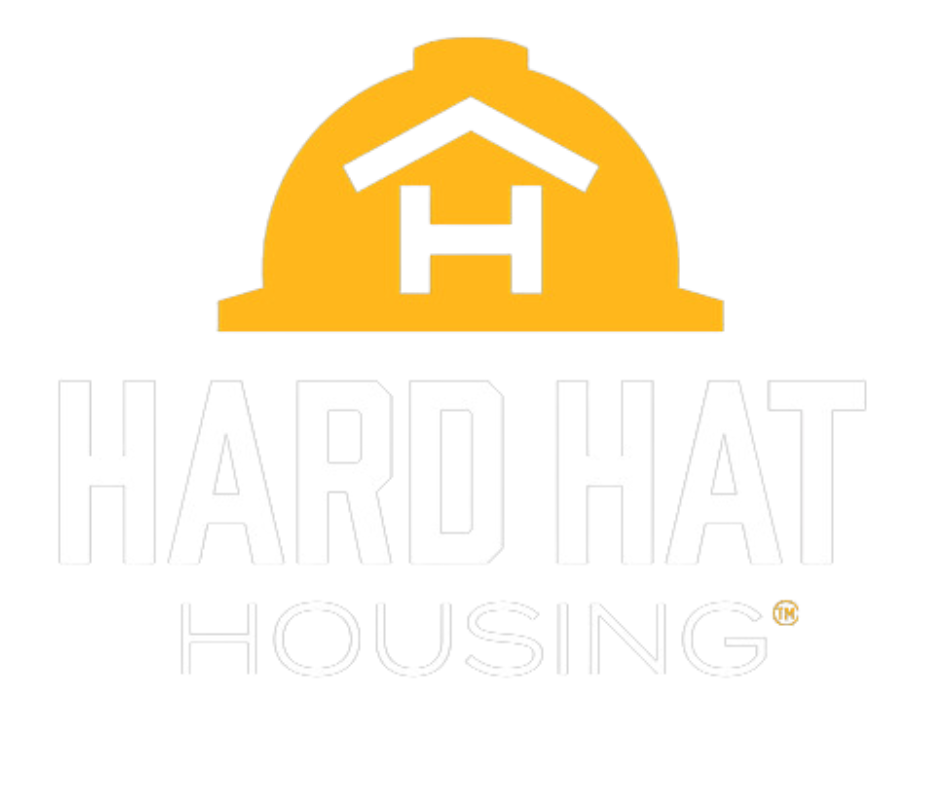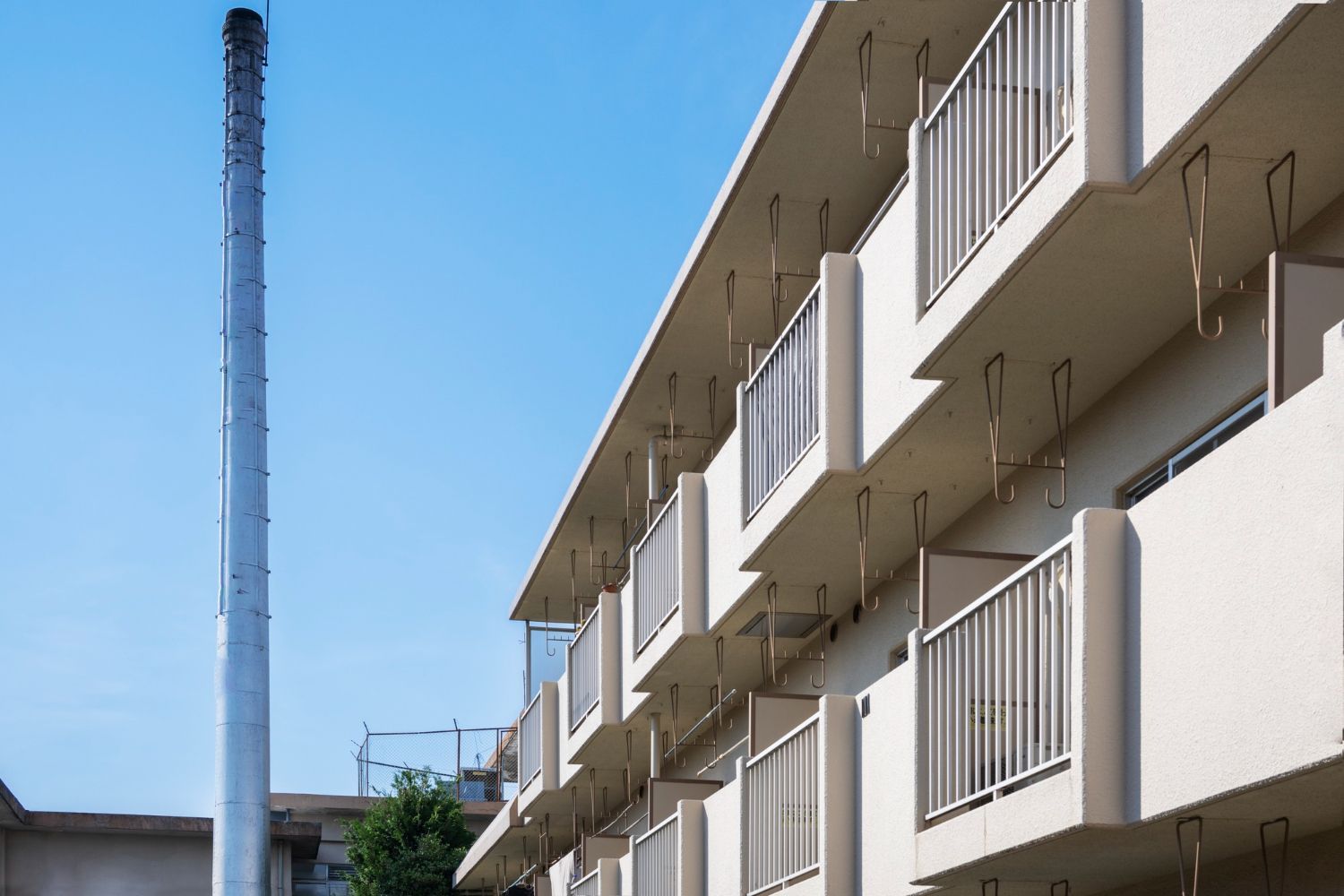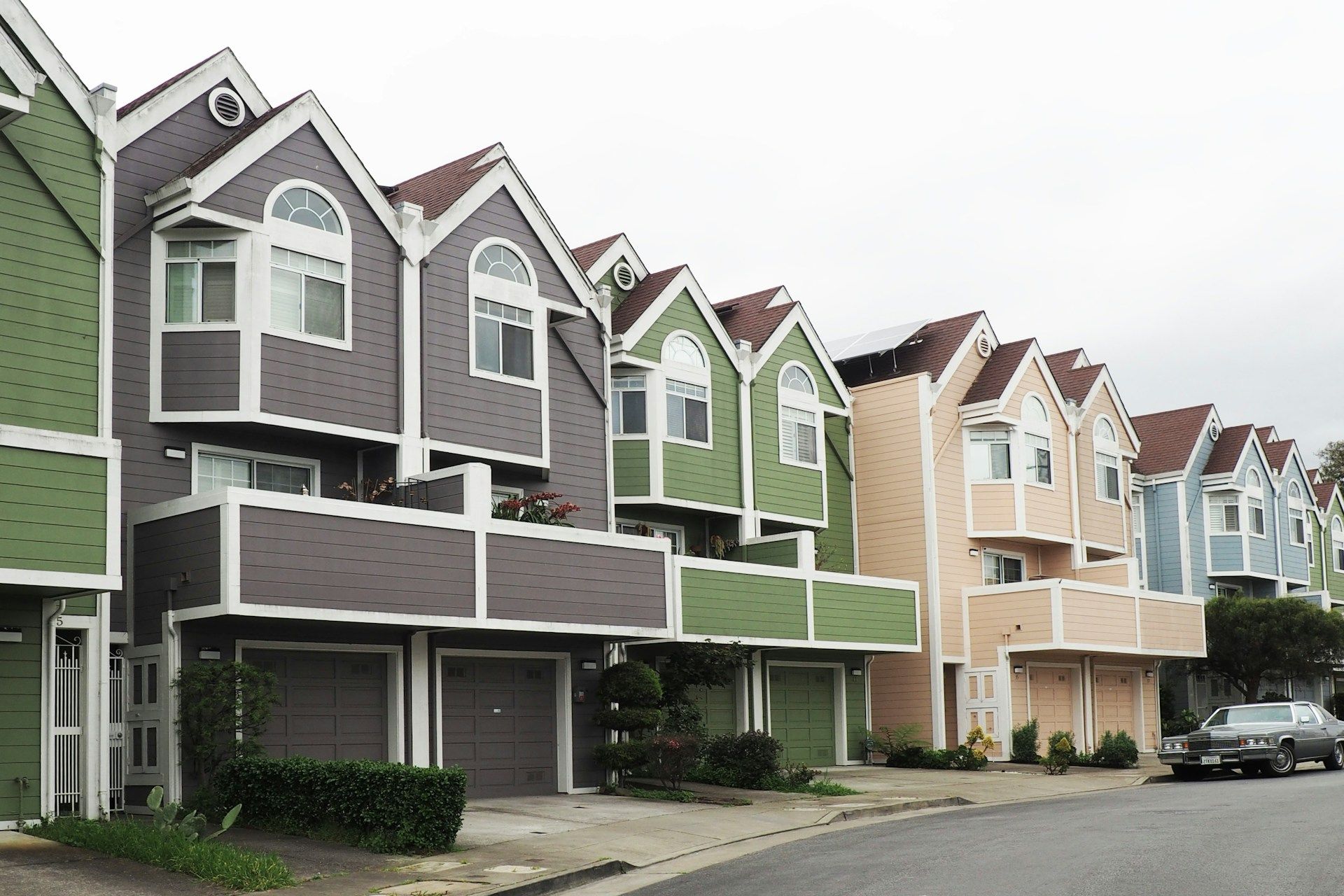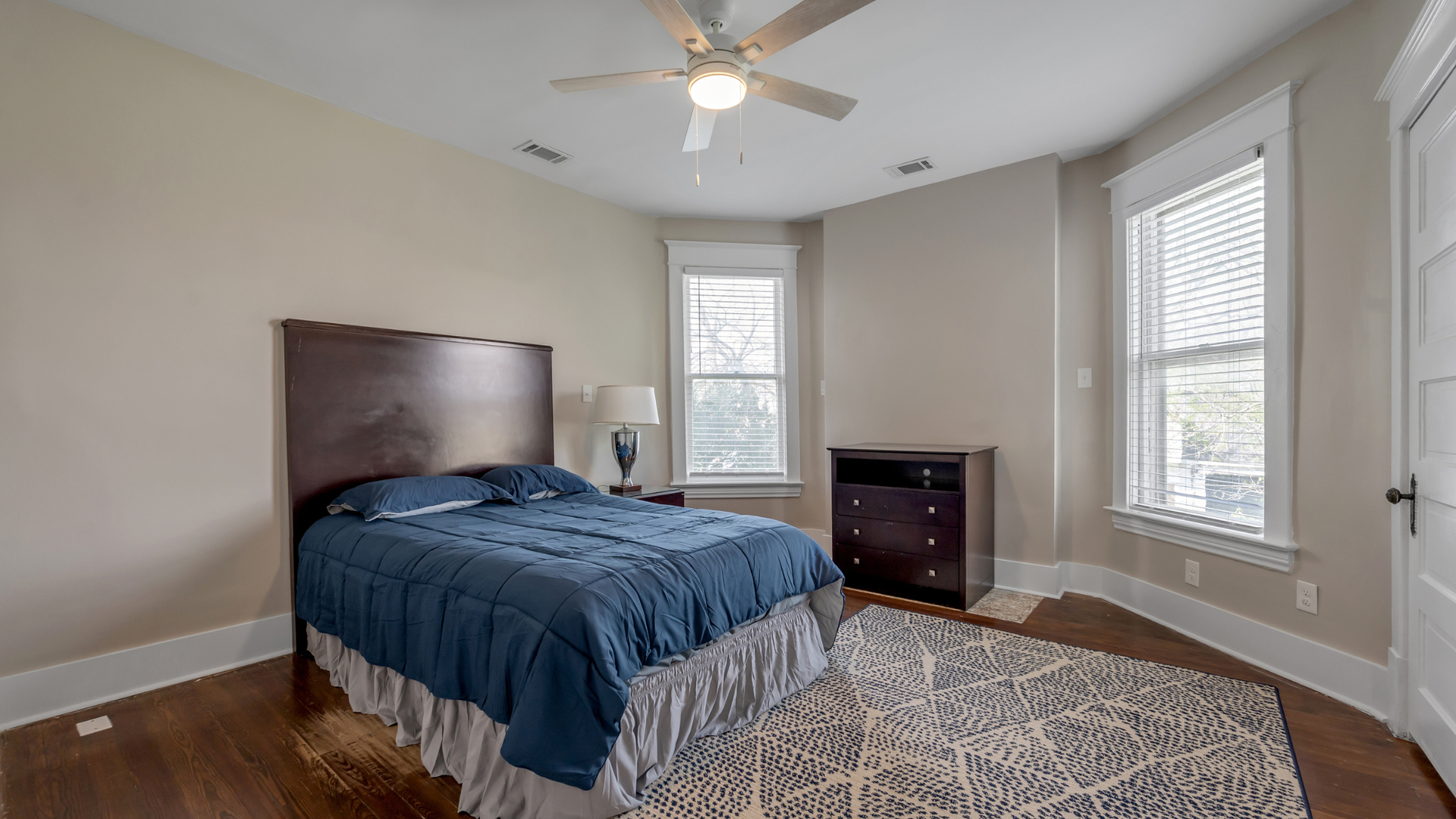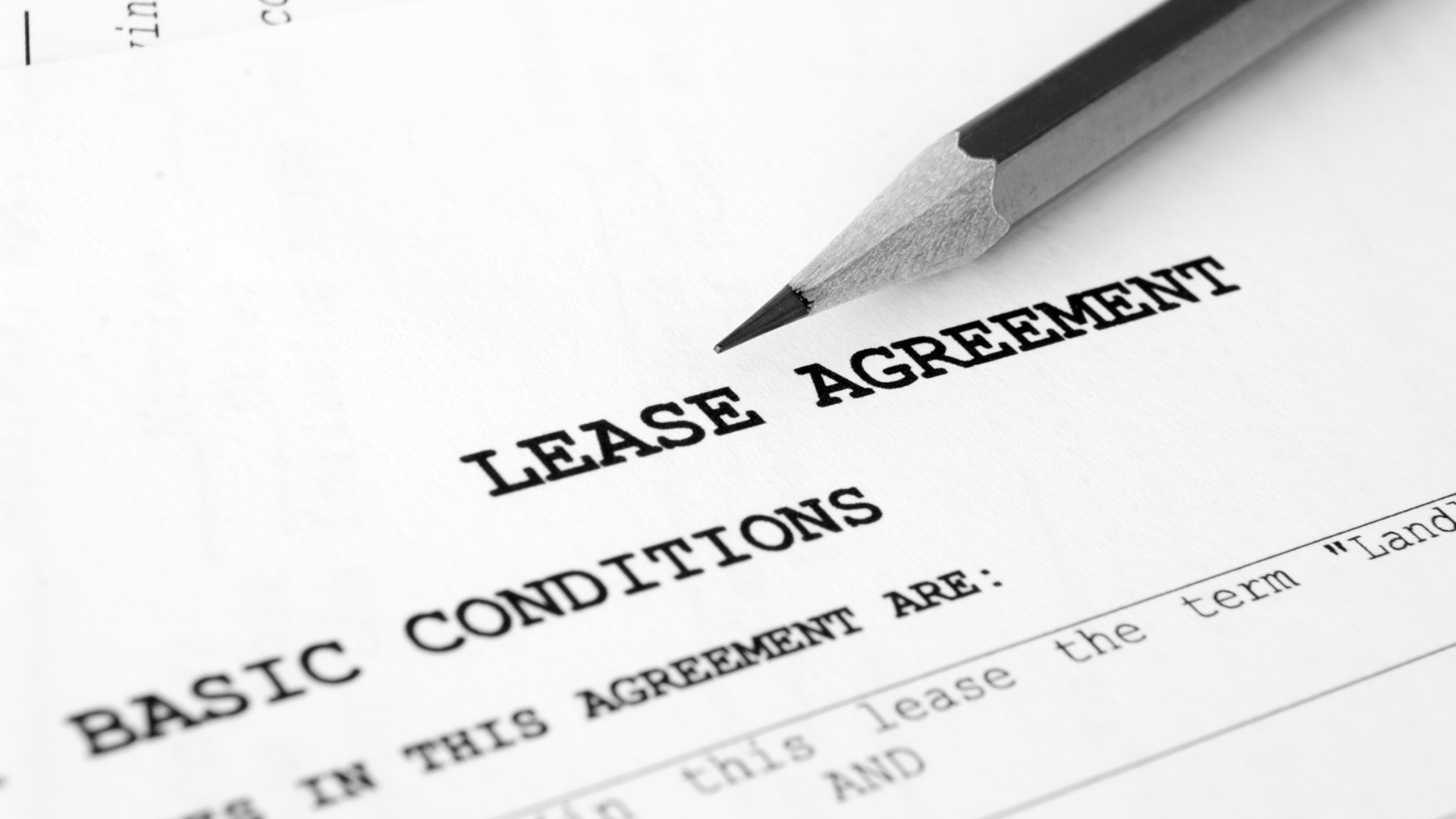A PM’s Guide to Booking Crew Housing Without the Headache
If booking housing for traveling crews eats entire days off your calendar, you are not alone. Between fluctuating rates, unreliable listings, and constant change orders, most project managers treat lodging like a crisis to contain rather than a process to run. This guide shows you how to flip that dynamic with a clear system for simplified crew housing management, backed by fresh industry data and real‑world lessons from the past year.
Why booking crew housing is so hard in 2025
Construction demand is steady while hotel costs keep inching up.
The American Hotel & Lodging Association’s 2025 State of the Industry projects average daily rates (ADR) to rise again in 2025 to about $162, continuing a multiyear climb that strains project budgets. Even when occupancy wobbles, ADR has held firm, which means last‑minute bookings often hurt. For crews that need kitchens and laundry, extended‑stay categories performed particularly well in 2024, a sign that longer, work‑driven stays are in high demand and not likely to be discounted. That matters when you are trying to land three to six months of reliable housing near a site.
Budgeting is complicated by per diem realities. The General Services Administration raised the standard CONUS lodging cap for FY 2025 from $107 to $110 and also updated meals and incidental tiers, which reset how many companies think about stipend levels and reimbursement. If your internal per diem benchmarks did not move with those changes, you are likely underestimating real costs or pushing crews into subpar options. Meanwhile, industry backlogs remain elevated and labor remains tight, which raises the stakes for crew comfort, retention, and uptime. Combine that with what we know about fatigue and safety, and you have a set of pressures that reward PMs who treat housing like a repeatable system rather than a scramble.
A PM’s simplified crew housing management system
The fix is a lightweight, reusable playbook that you implement once and refine every project. Use these five components:
- Demand plan that converts the schedule into heads‑in‑beds by week, including shift patterns and forecasted ramp‑up or taper.
- Budget model tied to GSA lodging and M&IE benchmarks for the zip codes you operate in, plus a sensitivity for ADR variance of at least ±10%.
- Sourcing tiers that sequence outreach: pre‑vetted furnished rentals near the site, extended‑stay hotels with kitchens as Tier 2, and emergency overflow only as Tier 3.
- Vetting checklist covering commute time, parking for trucks, private bedrooms, laundry, blackout curtains, and noise risk.
- Backup plan that you can trigger within 2 hours if a unit falls through. The reason for the backup is simple: cancellations and policy curveballs still happen, especially on consumer platforms. In the last year, hosts have discussed cancellations related to construction noise, evolving policy rules, and pet exceptions, any of which can upend a crew mid‑project.
Build your backups before you need them. Keep a standing list of 3 to 5 alternates within a 20‑ to 30‑minute radius, pre‑negotiated for the same term, with contact names and written terms saved in your folder. When a booking evaporates a month out or a neighbor’s construction turns a house uninhabitable, you do not want to start from zero. Reddit threads from 2025 show guests and hosts navigating last‑minute cancellations and noise disputes, which often lead to partial refunds and relisting headaches. Your goal is not to litigate platform policies. Your goal is to keep your crew sleeping well, on time, and close to the job tomorrow morning. A simple Standard Operating Procedure and an always‑ready backup list keep your schedule intact.
Tools and templates that cut booking time in half
You do not need an enterprise travel stack to run housing like a pro. Start with a single source of truth: a spreadsheet or board that tracks each address, term, headcount, bed count, private bedrooms, parking, laundry, kitchen, weekly rate, deposit, and cancellation terms. Add a “noise and neighbors” note field and a “proof of insurance” checkbox.
Map every candidate in a simple pin map so you can see commute creep at a glance. Tie your budget view to local GSA rates to reality‑check what you are seeing online. GSA publishes the annual rates and updates in August for the fiscal year that begins October 1, which gives you a stable benchmark for stipends while you negotiate market‑driven housing prices.
Next, create three reusable templates:
- RFP email you can send to landlords and operators that spells out your standards, move‑in dates, and company policies.
- Pre‑move inspection checklist with photos for every bedroom, kitchen, bathroom, and major appliance.
- Issue escalation matrix that spells out who to call for lockouts, cleaning misses, or neighbor disputes. Round out the toolkit with a fatigue‑aware schedule policy. OSHA and NIOSH emphasize how long hours and irregular shifts degrade alertness, a risk that proper rest helps mitigate. If the crew is on nights, upgrade blackout window treatments and plan for stronger quiet hours. If driving heavy equipment at 6 a.m., shorten commute times wherever possible and prioritize true private rooms. A housing system that respects biology reduces incidents and protects morale.
Budget truths PMs should use in negotiations
Market data gives you leverage. Extended‑stay segments set a record in 2024, while U.S. ADR is projected to climb again in 2025. That mix tells you two things: first, properties that genuinely serve long‑stay workers are in demand; second, owners are confident in pricing. Rather than chasing unrealistic discounts, negotiate on what matters to crews and your schedule. Ask for monthly housekeeping, mid‑term linen refreshes, flexible extension terms, and a brief grace period for early move‑outs if a task finishes ahead of schedule. Those concessions protect your project more than a token $5 rate cut.
Anchor your internal budgets to GSA to keep leadership aligned, but do not confuse per diem caps with market reality. The FY 2025 increase to a $110 standard lodging cap signals inflationary pressure that many metro NSAs exceed in peak months. Plenty of PMs report in forums that stipends lag area pricing, which pushes workers into long commutes or lower‑quality stays. Use current ADR trends and updated GSA caps to justify realistic budgets and avoid setting crews up to fail. Your budget narrative should connect dollars to outcomes: shorter commutes, fewer mid‑project moves, better sleep, and fewer callbacks.
Where our service fits in your playbook
You can build this system yourself, or you can outsource the repetitive parts. Our team exists to remove the friction. We source and manage fully furnished, midterm rentals near your job site, with utilities, Wi‑Fi, kitchens, and laundry included, plus monthly professional cleaning. You receive one predictable invoice with no hidden fees, and our 24/7 support means issues do not become your issues at 10 p.m. Because we work nationwide, we can match
your intake form to options that actually fit your standards, then hold the vendor relationships so you can focus on the work.
Customers often arrive frustrated by platform roulette and leave with calmer crews and cleaner books. The reason is not magic. It is the process. Our approach mirrors the playbook you just read. We start with your schedule and headcount, we verify the property against your checklist, we keep alternates in our back pocket, and we negotiate for terms that matter in construction, not leisure travel. It is also why clients repeatedly cite savings versus hotels of 25% to 35% and emphasize the accounting simplicity of a single monthly invoice. Those are outcomes any PM can defend to leadership because they are tied to time saved, miles not driven, and crews that sleep well.
Housing does not need to be a weekly fire drill. Treat it like a process, not a gamble. Use market data to set realistic budgets. Put your five‑part playbook in place, including backups you hope to never use. Build a simple toolkit that you open on day one of every new project. When housing is systematized, your calendar opens up, your crews perform better, and your risk drops. Whether you run the process in house or partner with us to do the heavy lifting, the goal is the same: crew‑ready homes near the site, reliable terms, and clear communication that keeps people sleeping well and showing up ready to work. That is the essence of simplified crew housing management.
Need crew housing without the headache?
Contact our team to book near your site, get one monthly invoice, and keep your crews rested and productive.



